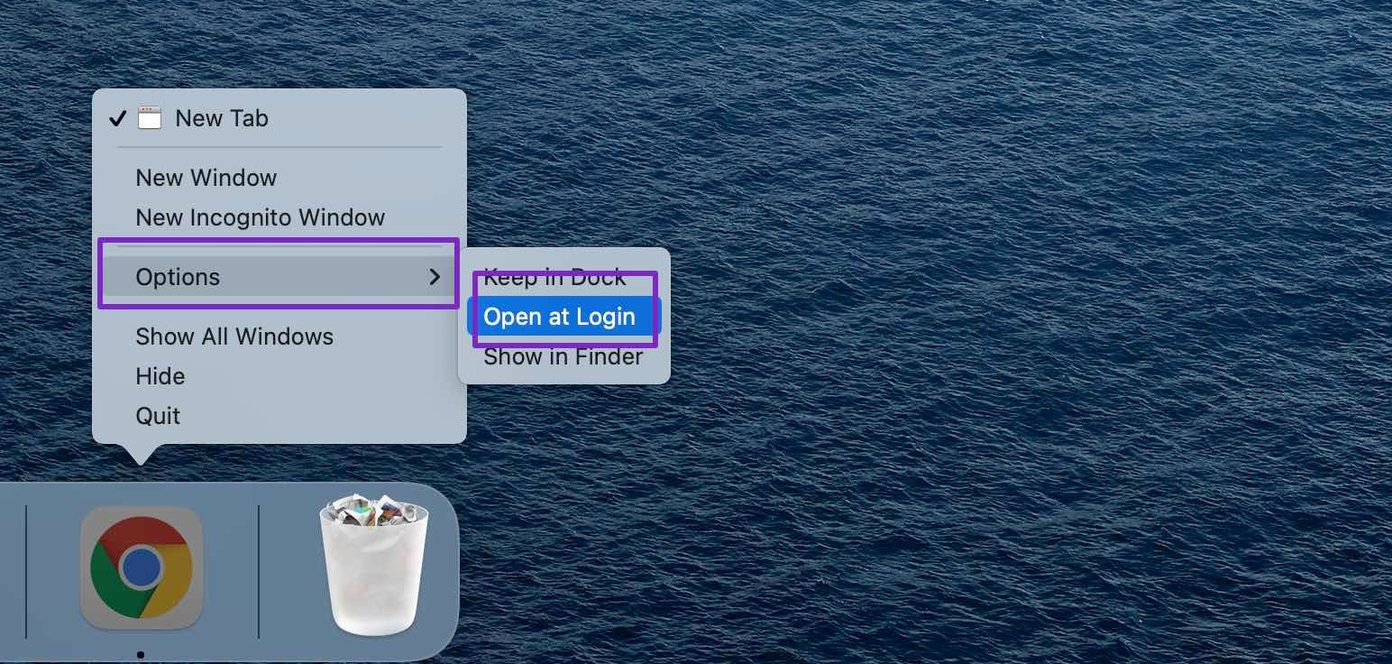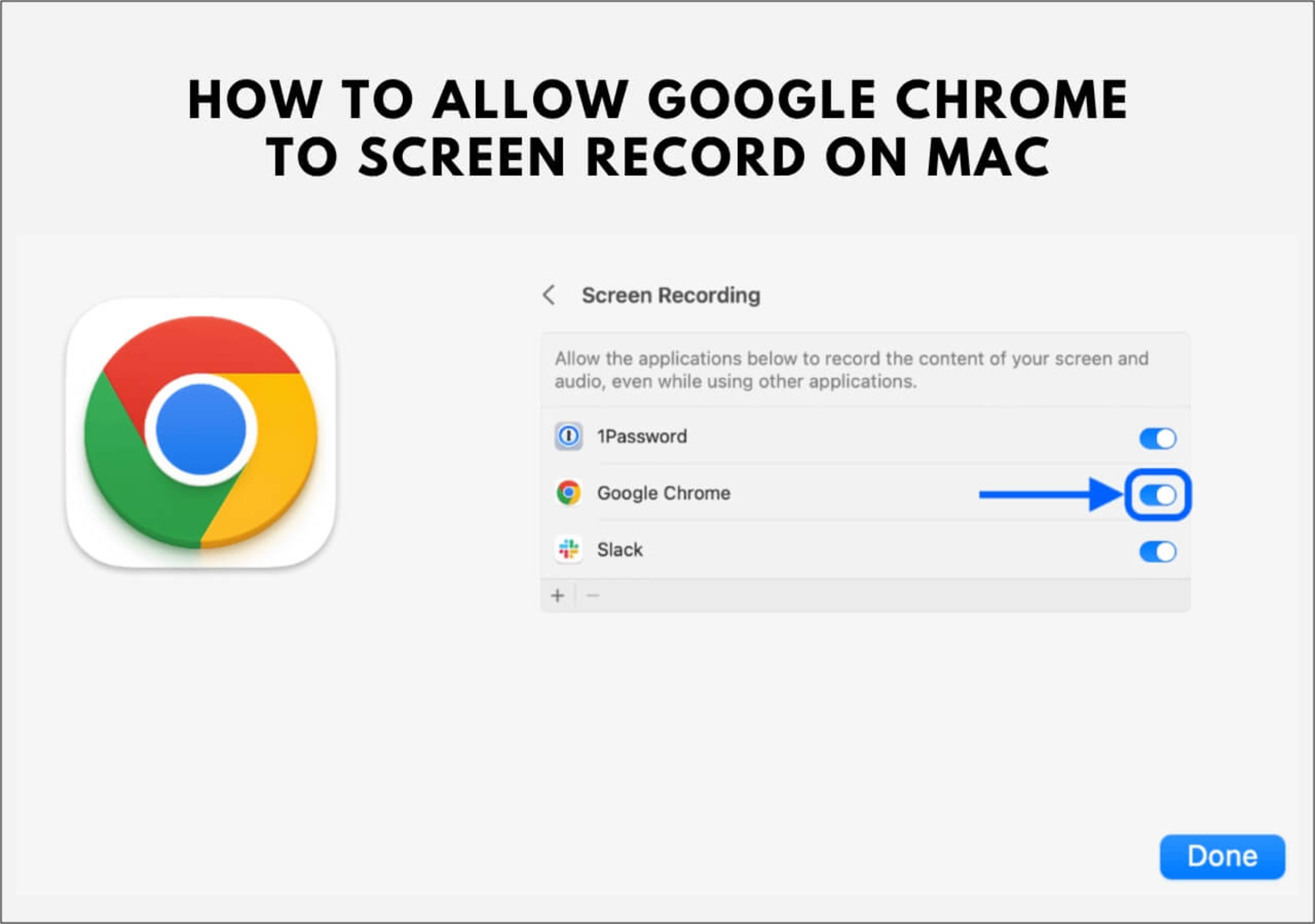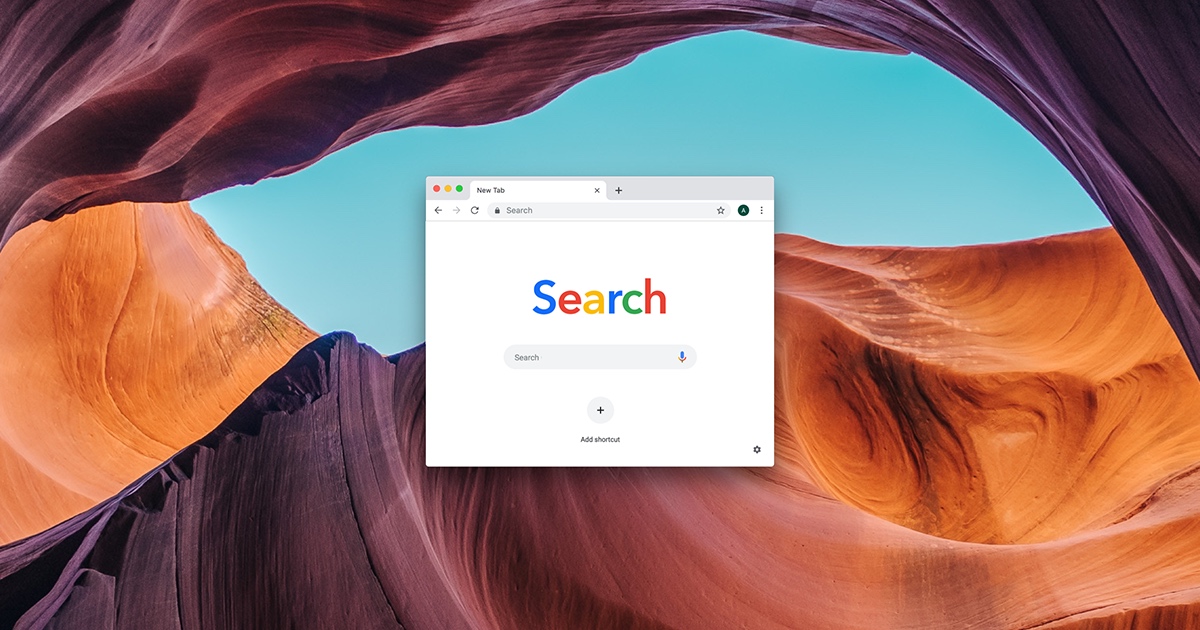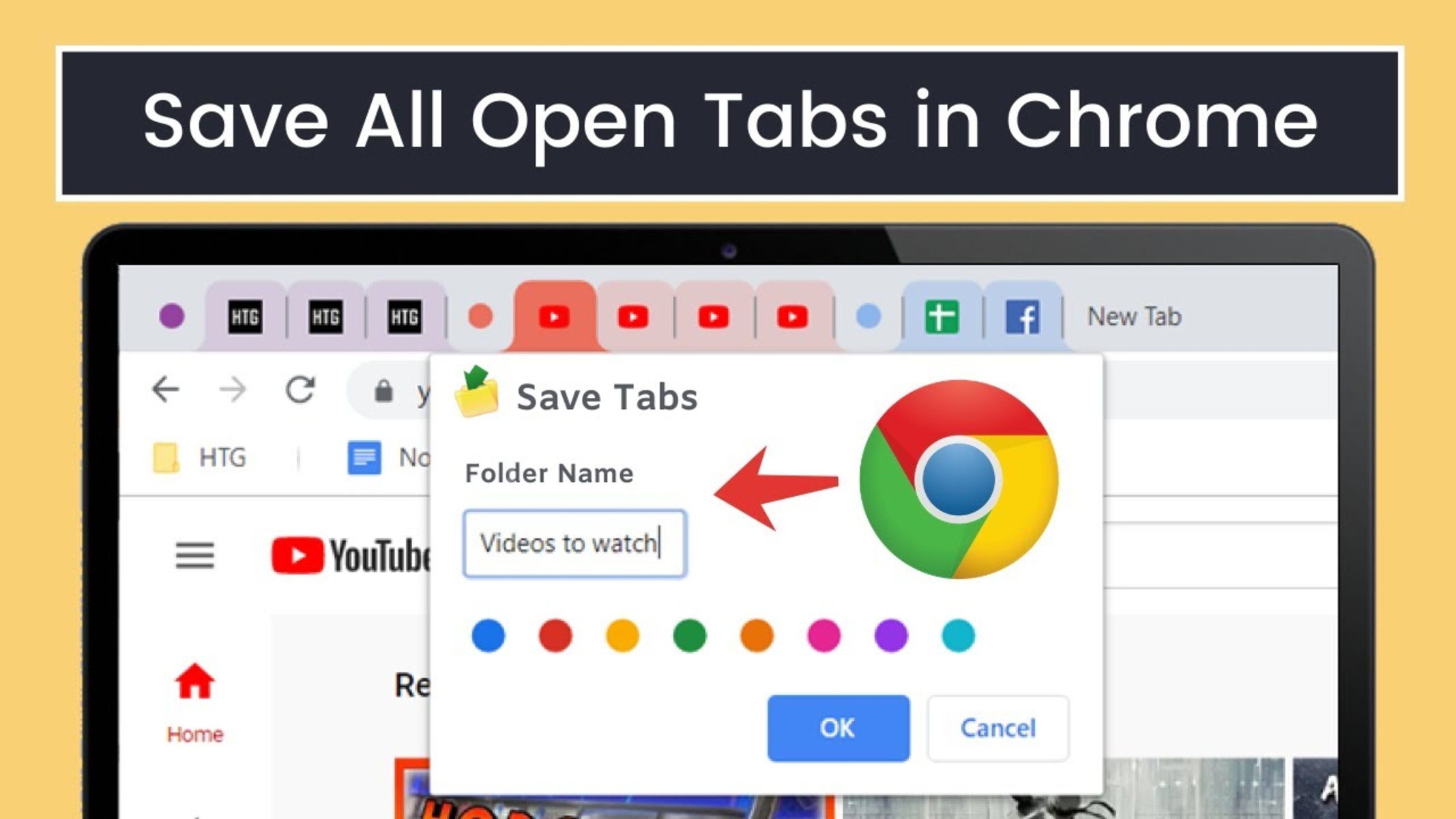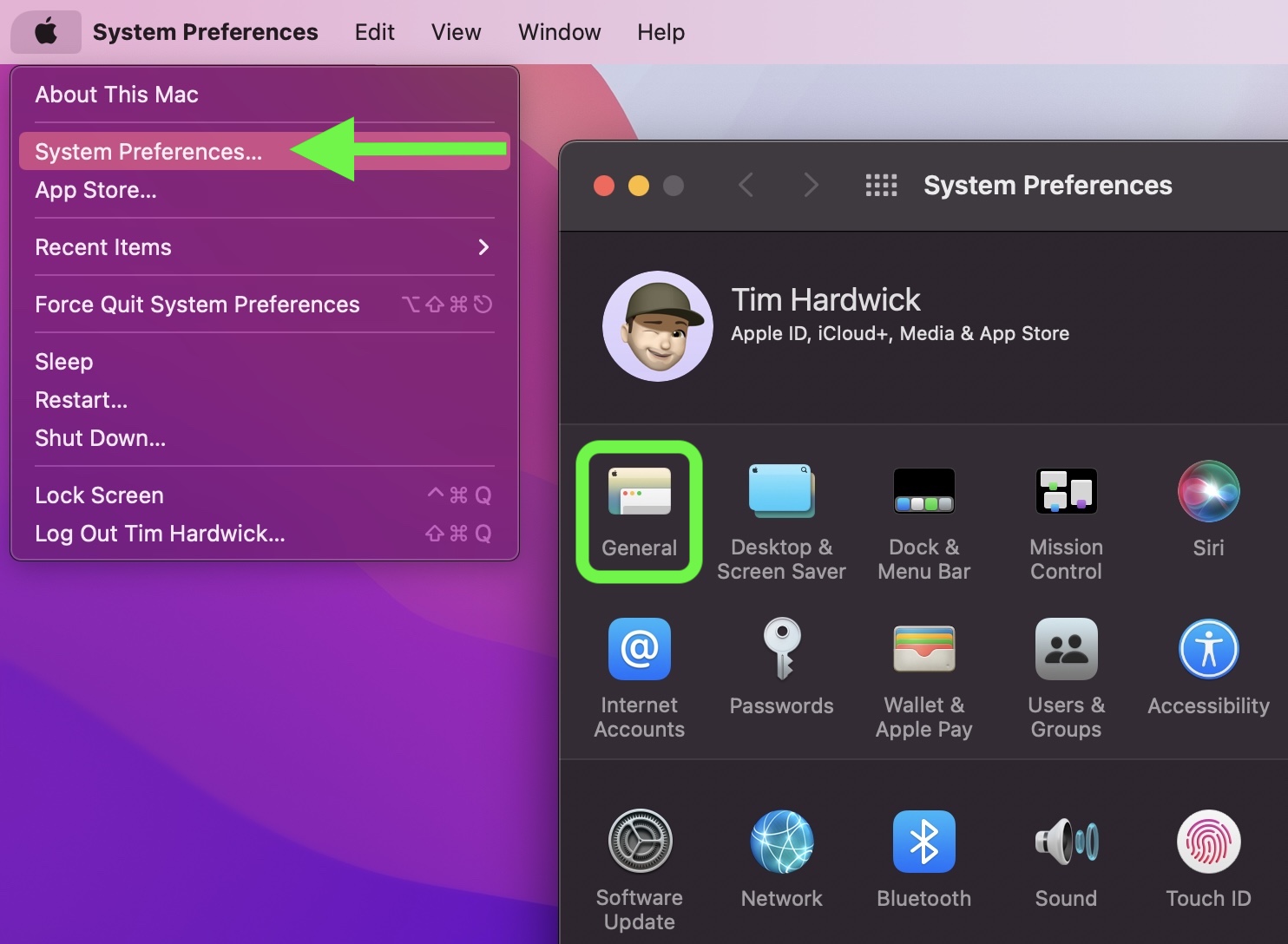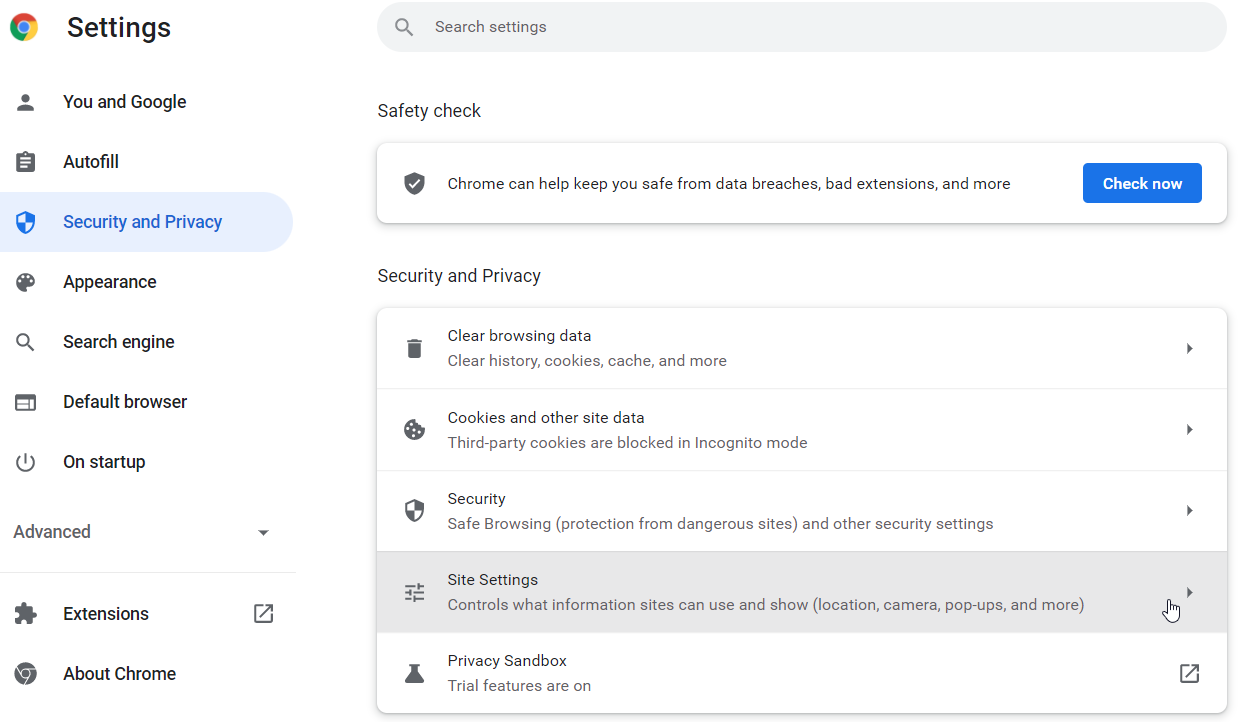Introduction
Have you ever experienced the frustration of your Mac launching Google Chrome automatically every time you start it up? It can be quite annoying, especially if you prefer to have more control over which applications open at startup. Fortunately, there are simple methods to prevent Google Chrome from hijacking your Mac's startup routine. By following the steps outlined in this guide, you can reclaim autonomy over your Mac's startup process and ensure that Google Chrome only opens when you want it to.
This article will walk you through two effective methods to stop Google Chrome from launching on startup. The first method involves using the System Preferences on your Mac, while the second method utilizes the settings within the Google Chrome browser itself. Whether you're a tech-savvy individual or someone who's just getting started with Mac customization, these methods are designed to be user-friendly and accessible to all.
By taking control of which applications launch at startup, you can streamline your Mac's boot-up process and optimize its performance. Additionally, you'll have the freedom to decide when you want to access Google Chrome, rather than having it imposed upon you every time you power up your Mac. So, let's dive into the step-by-step instructions and regain command over your Mac's startup behavior.
Method 1: Using System Preferences
If you prefer a straightforward approach to prevent Google Chrome from launching on startup, utilizing the System Preferences on your Mac is an effective method. By following these simple steps, you can easily customize your startup settings and regain control over which applications automatically open when you power up your Mac.
-
Accessing System Preferences: To initiate the process, start by clicking on the Apple logo located at the top-left corner of your screen. From the dropdown menu, select "System Preferences" to enter the system customization interface.
-
User & Groups: Within the System Preferences window, locate and click on "Users & Groups." This section allows you to manage user accounts and startup items, providing the necessary controls to modify the applications that launch at startup.
-
Login Items: After accessing the "Users & Groups" section, navigate to the "Login Items" tab. Here, you will find a list of applications that are set to open automatically when you log in to your Mac.
-
Removing Google Chrome: To prevent Google Chrome from opening on startup, simply select the application from the list of login items and click on the "-" (minus) button. This action removes Google Chrome from the startup sequence, ensuring that it no longer launches automatically when you boot up your Mac.
-
Verification: Once you've removed Google Chrome from the login items, restart your Mac to confirm that the changes have taken effect. Upon rebooting, you should notice that Google Chrome no longer opens automatically, providing you with the freedom to launch the browser at your convenience.
By utilizing the System Preferences on your Mac, you can easily customize the startup items and tailor your Mac's boot-up behavior to suit your preferences. This method empowers you to take charge of your Mac's startup routine, ensuring that Google Chrome no longer imposes itself upon every boot. With these straightforward steps, you can reclaim control over your Mac's startup process and enjoy a more personalized computing experience.
Method 2: Using Chrome Settings
If you prefer a more browser-centric approach to prevent Google Chrome from launching on startup, utilizing the settings within the Chrome browser itself offers a convenient and user-friendly method. By following these straightforward steps, you can directly modify Chrome's behavior and ensure that it no longer automatically opens when you start up your Mac.
-
Accessing Chrome Settings: To initiate the process, open Google Chrome on your Mac. Once the browser is launched, click on the three-dot menu icon located at the top-right corner of the window. From the dropdown menu, select "Settings" to access the customization options within Chrome.
-
Managing Startup Pages: Within the Chrome Settings interface, navigate to the "On startup" section. Here, you will find the option to manage the behavior of Chrome when it starts up. Click on "Open a specific page or set of pages" to customize the startup pages according to your preferences.
-
Removing Unwanted Pages: If Google Chrome is set to open specific pages upon startup, you can remove these pages by clicking on the "X" icon next to each entry. This action ensures that Chrome no longer automatically loads these pages when you launch the browser, providing you with a clean and controlled startup experience.
-
Disabling 'Continue where you left off': Alternatively, if Chrome is configured to continue where you left off, you can disable this setting by selecting the "Open the New Tab page" option within the "On startup" section. By doing so, Chrome will no longer resume your previous browsing session upon startup, giving you the freedom to decide when to access your browsing history.
-
Confirmation: After customizing the startup settings within Chrome, close the Settings tab and exit the browser. Subsequently, restart your Mac to verify that the changes have taken effect. Upon rebooting, you should observe that Google Chrome no longer opens automatically, allowing you to launch the browser at your discretion.
By utilizing the settings within the Google Chrome browser, you can directly tailor the startup behavior of the browser to align with your preferences. This method empowers you to exert precise control over Chrome's startup routine, ensuring that it no longer imposes itself upon every boot. With these simple steps, you can seamlessly customize Chrome's startup settings and enjoy a more personalized browsing experience on your Mac.
Conclusion
In conclusion, taking control of which applications launch at startup is a valuable aspect of customizing your Mac experience. By following the methods outlined in this guide, you can effectively prevent Google Chrome from opening on startup, thereby reclaiming autonomy over your Mac's boot-up process.
Whether you opt to utilize the System Preferences on your Mac or the settings within the Google Chrome browser, the end goal remains the same: to ensure that Google Chrome no longer automatically imposes itself upon every boot. These methods empower you to tailor your Mac's startup behavior to align with your preferences, providing you with a more personalized and streamlined computing experience.
By leveraging the System Preferences, you can easily manage the login items and remove Google Chrome from the list of applications that launch at startup. This method offers a comprehensive approach to customizing your Mac's startup routine, allowing you to exert precise control over which applications greet you upon booting up your Mac.
On the other hand, utilizing the settings within the Google Chrome browser offers a more direct and browser-centric approach to customizing the startup behavior of Chrome. By modifying the startup pages and disabling the 'Continue where you left off' feature, you can ensure that Chrome no longer automatically opens upon startup, granting you the freedom to launch the browser at your discretion.
Ultimately, by implementing these methods, you can optimize your Mac's performance and streamline its boot-up process. Additionally, you gain the freedom to decide when you want to access Google Chrome, rather than having it imposed upon you every time you power up your Mac.
In essence, these methods not only provide practical solutions to prevent Google Chrome from opening on startup but also exemplify the flexibility and customization options available within the Mac ecosystem. By embracing these methods, you can tailor your Mac experience to suit your preferences, ensuring a more personalized and efficient computing environment.
With the knowledge and insights gained from this guide, you are now equipped to take charge of your Mac's startup routine and enjoy a more tailored and seamless computing experience.







